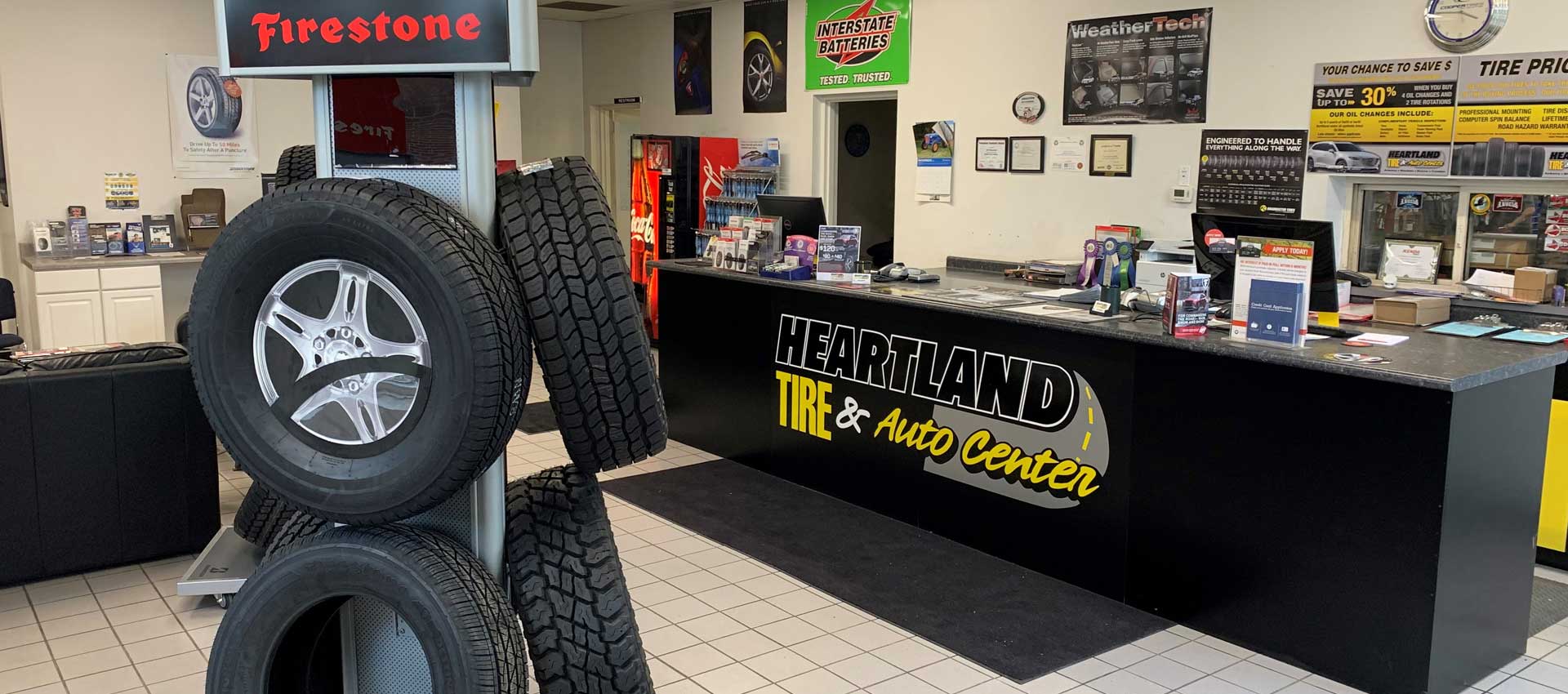Check Out Exclusive Mopar Tire Service Specials in Morris Today
Tire Solution: Understanding Tire Pressure Tracking Equipments
Comprehending Tire Stress Monitoring Systems (TPMS) is an essential facet of maintaining ideal lorry efficiency and safety on the road. With innovations in automobile technology, TPMS has become a standard function in modern-day cars, offering real-time details on tire pressure degrees.

Significance of TPMS
The significance of Tire Stress Surveillance Solutions (TPMS) hinges on their capacity to boost vehicle safety and security and efficiency with real-time surveillance of tire stress degrees. Preserving the correct tire stress is vital for making sure ideal handling, stopping, and total safety of an automobile. TPMS provides motorists with immediate comments on any type of overinflated or underinflated tires, enabling for timely adjustments to be made.
Elements of TPMS
Comprising different important aspects, a Tire Stress Surveillance System (TPMS) operates as a sophisticated safety and security attribute in modern-day automobiles. The primary components of a TPMS include sensors, a control module, and a caution sign. Sensing units are typically situated in the tire shutoff stem or affixed to the wheel assembly, where they determine tire stress and transfer data to the control component. The control component procedures this details and triggers a warning if it discovers substantially low pressure in any one of the tires. The caution indication, usually a sign on the control panel, signals the driver to inspect the damaged tire or tires. Some progressed TPMS models additionally show the real tire stress readings for each tire, providing vehicle drivers with real-time information to ensure ideal tire efficiency and safety and security. By keeping an eye on tire stress constantly, TPMS helps avoid crashes, minimizes tire wear, and improves gas efficiency, making it a crucial component for car safety and security and performance.
Sorts Of TPMS

On the various other hand, indirect TPMS counts on the lorry's wheel rate sensors to monitor tire pressure. This system spots underinflation by contrasting the rotational speeds of the wheels. Indirect TPMS is much less expensive than straight TPMS, as it utilizes existing sensing units within the vehicle.
While direct TPMS provides more precise analyses, indirect TPMS is simpler in design and usually requires less upkeep. Both systems have their restrictions and advantages, and the selection in between them frequently depends upon aspects such as cost, lorry make, and individual preference. Recognizing the distinctions in between these two types of TPMS can aid car proprietors make notified decisions regarding tire upkeep and security.
TPMS Upkeep Tips
Reliable upkeep of TPMS is important for making sure optimum performance and security of your automobile. Consistently evaluating the TPMS sensing units for any damage or deterioration is vital. Ensure that the sensing units are free and clean from particles that could disrupt their functioning. Additionally, it is suggested to examine the sensor batteries occasionally and change them as needed to guarantee accurate readings. Conduct routine look at the tire pressure degrees and compare them with the TPMS analyses to ensure they correspond. Rectify the system following the manufacturer's standards if there are any type of disparities. During tire rotation or substitute, make certain that the TPMS parts are dealt with carefully to protect against any type of possible damage. If the TPMS warning light brightens on the dashboard, attend to the concern immediately by checking the tire stress and the overall system for any type of mistakes. By sticking to these upkeep tips, you can extend the life expectancy of your TPMS and enhance the safety and security of your driving experience.
Advantages of Correct Tire Pressure
Preserving appropriate tire stress, as highlighted in TPMS Upkeep Tips, is important for Recommended Site reaping the various benefits linked with optimum tire stress levels. In addition, correct tire pressure guarantees also tire wear, expanding the life-span of the tires and advertising more secure driving conditions. In final thought, the advantages of appropriate tire pressure go beyond simply tire long life; they encompass improved gas performance, improved safety, better car efficiency, and general driving comfort.
Verdict
To conclude, recognizing tire pressure monitoring systems (TPMS) is important for maintaining ideal tire stress and making certain lorry original site safety and security. By acknowledging the importance of TPMS, knowing with its parts, understanding the different types offered, adhering to correct maintenance suggestions, and understanding the advantages of maintaining appropriate tire stress, chauffeurs can boost their driving experience and extend the life expectancy of their tires. Correct tire stress is crucial have a peek at this website to efficient and safe vehicle operation.
